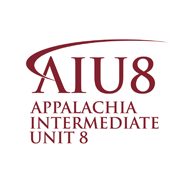Narrative Writing: Better Beginnings
(View Complete Item Description)In this seminar, you will be focusing on developing a “better beginning” to a narrative writing piece. The purpose of narrative writing is to entertain, and the beginning of your piece is an important first step. You will learn how to “hook” your reader in the beginning. Some ways you can do this is by introducing developed characters, establishing an exciting or relatable setting, and creating the mood of your piece. In this seminar, you will work on improving all of these to create a “Better Beginning” to your narrative writing.StandardsCC.1.4.4.M/ 1.4.5.MWrite narratives to develop real or imagined experiences or events.
Material Type: Lesson Plan




















